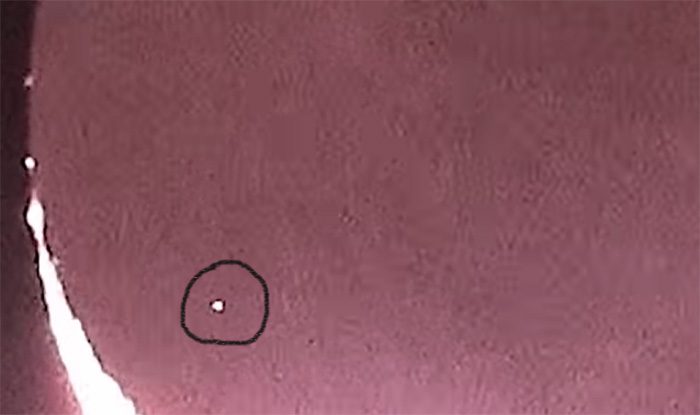Daichi Fujii, a manager at the Hiratsuka City Museum, used a telescope to capture the bright flash produced by a meteorite crashing into the Moon.
The event occurred at 6:14 PM on February 23 (Hanoi time). It appears the meteorite struck near the Ideler L crater, northwest of the Pitiscus crater, according to Japanese astronomer Daichi Fujii.
Meteorites travel at an average speed of about 48,300 km/h or 13.4 km per second. Their high-speed impacts generate intense heat and craters, creating bright flashes visible under normal light conditions. Impacts on the Moon can be observed from Earth, such as Fujii’s images, if they are large enough and occur in the area facing Earth during the night.

Meteorites crash into the Moon, leaving many craters.
Fujii noted that the newly formed crater could have a diameter of about 12 meters. NASA’s Lunar Reconnaissance Orbiter or India’s Chandrayaan-2 lunar probe could potentially capture images of this crater.
Meteorites crash into Earth every day, with most burning up completely as they pass through the atmosphere. However, the Moon has an extremely thin exosphere, allowing meteorites that cannot reach Earth’s surface to easily strike the Moon, resulting in numerous craters. Meteorites continuously slam into the Moon’s surface, sometimes breaking the surface structure into tiny particles or lunar soil.
Documenting these events is highly significant, helping scientists understand the impact rate on the Moon’s surface. This information is particularly useful for countries planning to send astronauts to the Moon for living and working.


















































